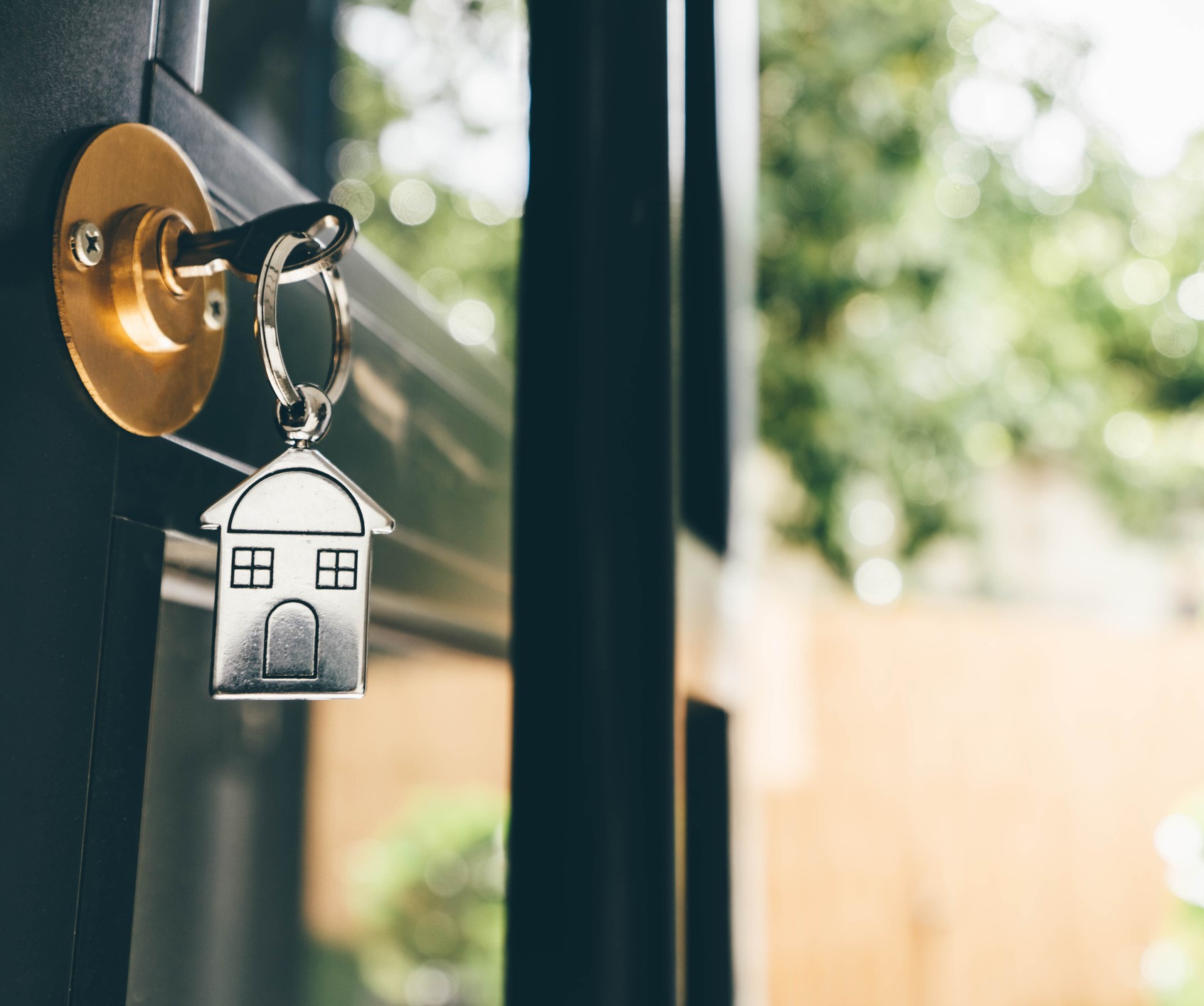The Challenge of Homeownership Today
Homeownership, a key driver of building wealth in the US, is unattainable for many households, This is especially true for low and moderate-income households and first-time homebuyers. Millions of people are currently priced out of homeownership, and this has a disproportionate impact on Black, Indigenous and People of Color households and communities.
The key factors contributing to the affordability and attainability of homeownership include low housing inventory, high loan rates, and rocketing home prices. According to the Joint Center for Housing Studies, higher incomes are needed to purchase homes in most parts of the U.S. As of 2023, about 63% of metropolitan areas in the US required a household income of at least $75,000 to afford the median monthly payments on the median-priced home; while 38% of US metros required an income of at least $100,000.
While home prices have shown to decrease in some markets post-pandemic, the interest rates on 30-year mortgages have sharply increased, reaching 6.7% in mid-2023 and 6.9% in mid-2024, making monthly costs still unaffordable for many. Additionally, new construction for single-family homes is on a decline, possibly due to rising mortgage rates. Higher interest rates increase housing costs for prospective homebuyers and raise development and construction expenses for builders of homes and apartments. The lack of supply and availability of homes for purchase directly impacts the affordability of homeownership.
The Promise of Manufactured Housing
Manufactured housing has the potential to fill a crucial need in the housing market, offering an affordable entry point to homeownership for those who have been priced out of the traditional housing market. Manufactured homes are built to adhere to a single federal construction standard called the Manufactured Home Construction and Safety Standards, also known as the HUD Code (PDF). With its manufacturing processes controlled in a factory, it is more efficient and faster to build compared to prefabricated or factory built homes such as modular or panelized homes (PDF).

The construction cost of a manufactured home is estimated to be between 35% to 73% of the cost of a comparable site-built home. The differences in cost come with the types of manufactured housing available, each housing type has a different price point based on size and additional features. The most common types of manufacturing homes are single-section, double-section, and CrossModTM homes. The cost benefits of manufactured homes are particularly significant in areas with lower land costs, but overall, including the cost of land if applicable, they remain cheaper than site-built homes.
CrossModTM Homes are designed to emulate the aesthetics of site-built homes, having additional features like garages and covered porches.
Source: Clayton
Another factor that has improved the affordability of manufactured housing has been the ability to obtain a mortgage rather than purchasing with a personal property loan. Financing options with products like CHOICEHome® and MH Advantage® from Freddie Mac and Fannie Mae allow for traditional mortgage financing if the homes are affixed to permanent foundations and classified as real property.
Responding to the pressing need for affordable housing options, the White House announced significant steps to support manufactured housing. This includes increasing loan limits for the Manufactured Home Loan program (Title I), an adjustment intended to address the escalating costs of housing. The aim is to cater to low- and moderate-income individuals as well as first-time buyers who have traditionally encountered obstacles in securing financing from private lenders. Additionally, Ginnie Mae has revised eligibility requirements for Issuers of its Manufactured Housing Mortgage-Backed Securities program aiming to enhance accessibility to financing for Title I loans.
Furthermore, HUD has introduced the Preservation and Reinvestment Initiative for Community Enhancement (PRICE) grants, representing a $235 million investment in manufactured housing. These competitive grants encompass various initiatives, such as replacing deteriorating homes, providing homeowner assistance for repairs and accessibility modifications, improving infrastructure, offering housing services, and conducting planning activities.
HUD launched a new program to invest in manufactured home communities.
Source: U.S. Department of Housing and Urban Department
City Initiatives
To address the growing need for affordable housing and homeownership, several cities have taken innovative steps to integrate manufactured housing into their communities. Here are a few examples of successful city initiatives.
Harrisonburg, Virginia (Population: 51,158)
The City of Harrisonburg implemented zoning changes to redefine manufactured homes as “real property” or single-family detached homes, approving the construction of the Bluestone Town Center. This development consists of 897 units of affordable and mixed-income housing, including 133 for-sale manufactured homes installed onsite.
Jackson, Mississippi (Population: 153,701)
The City of Jackson, partnered with the Mississippi Manufactured Housing Association (MMHA), Rosemont Human Services, and the Neighborhood Assistance Corporation of America (NACA), to launch an initiative to boost quality affordable housing options through manufactured homes. This collaboration aims to change attitudes toward manufactured homes by demonstrating how they can create affordable and sustainable housing options using vacant land.
What can cities do?
Municipalities looking to enhance affordability and accessibility in homeownership can take several proactive steps to support the adoption of manufactured housing. Here are some strategies cities can implement.
- Educate the community. Highlight the benefits of manufactured housing and dispel misconceptions about their quality, aesthetics, and community impact.
- Update land use and zoning regulations to allow for manufacturing housing. Municipalities can ensure zoning regulations allow for the adoption of manufactured housing locally.
- Provide inter-jurisdictional coordination on regulations. Manufactured housing is subject to state considerations that can impair its utilization if not coordinated.
- Identify land for sitting manufactured homes. Inventory available land and infill opportunities to develop housing with manufactured housing.

Conclusion
Manufactured housing offers a viable solution to the challenges of homeownership in the current housing affordability and supply crisis. While it may not be suitable for every locality, its significant advantages warrant consideration. By leveraging regulatory changes, financing options, and community education, manufactured housing can provide accessible homeownership opportunities and foster stability for individuals across all income levels.
Housing Solutions
For locally-driven housing solutions visit the Housing Supply Accelerator Playbook: Solutions, Systems, Partnerships. Developed through collaboration and leadership from the National League of Cities (NLC) and the American Planning Association (APA), the playbook reflects insights from convenings of local officials, community planners, and national associations representing home builders, real estate agents, mortgage bankers, and other key decision-makers impacting the housing supply pipeline.










